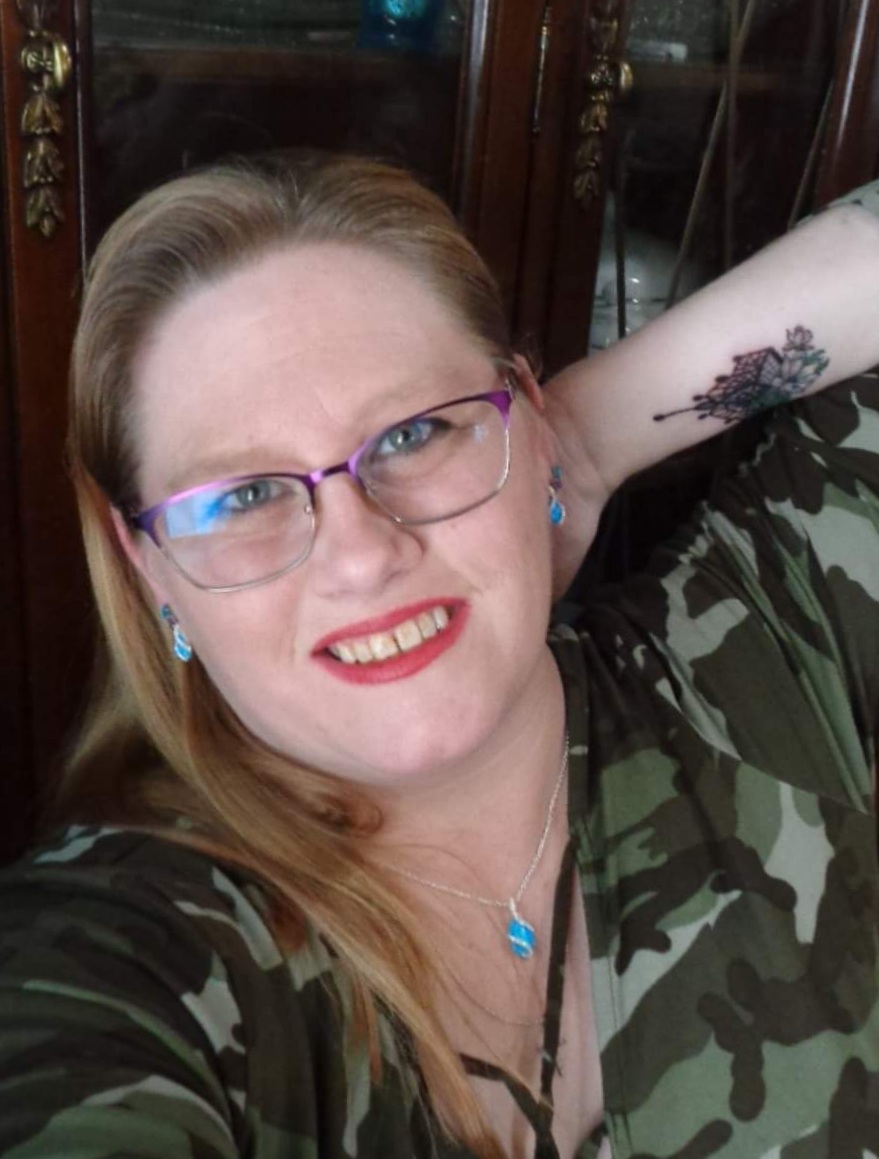The Difference Skin Makes
- April Hansen

- Feb 16, 2021
- 3 min read

We are a beautiful rainbow of culture, color, and generations. No matter what those who try to water down the fact say, our diversity is gorgeous. When it comes to tattoos not only does pigment change the tattoo but age, skin conditions and imperfections can change the something about the piece.
In some of the latest trends are blackout tattoos, to each there own in many opinions. But often times they go back in a white or light color ink and place a design over the blacked out area. There is also UV inks that glow under a black light but can not be seen or barely seen by the naked eye. And then there is the minimalistic just lines and maybe a little shadowing. The first two techniques possibly could be used other then the traditional process on darker pigmented skin, to make your tattoo pop. True Black ink is heavily relied on in the traditional sense for outlines but it is not necessarily your only option. Just keep in mind when healed it will have another look as the layers of skin over the piece will effect the over all look of any piece.
Now age is another thing that gets your skin in a not so fun way. The thinning skin has to be treated differently during the process. Delicate skin changes the way it will be stretched and even how the needle is used in depth. Due to its "paper thin" attributes, easily bruised and torn. It will also change the way the artist may lay out or place the piece. My respects to the Grandmas and Grandpas that still get tattooed.
Ever wondered why an artist asks if you are on blood thinners or if you are a bleeder? It is because it may cause the ink to bleed out instead of stick. This does not mean you can not get a tattoo. It does mean you might have to go to another artist who has more experience with such conditions or the artist has to change a little how they apply the ink. And you may have to have more then one session to get it to stick. They may also ask if you have a blood disease such as HIV or AIDS for safety reasons, and equipment they use. Artist normally will treat each session with the highest of safety standards. Some artist will not tattoo someone with these illnesses. The sanitizing and covering every thing in protective manner is NOT an insult this is for everyone's health and safety. Same reason most artist have went to using mostly disposable items, to cut down the risk of transmitting the diseases.
Some skin conditions will change this also, for some conditions while you are having a flare up will prevent you from getting inked at all or postpone it. Again it does not mean you can not necessarily get a tattoo you just might have to work around flare ups.
Scars, mole and those pesky "white" moles you might not even know you have may intrude on placement and procedure of the tattoo. Scar tissue is harder to tattoo, as it is a thicker skin and may cause inks not to be as bold. However, tattoos are often used to hide scars. Cancer survivors are a major reason tattoo artist are trying to up their game. So they can fulfill the wants for something less gloomy as a reminder their clients survived. With some the new ink makes them feel better about themselves as they fill they lost apart of themselves in some cases such as breast cancer. Others want their scars covered if they can't have them gone because of past mistakes or a bad time in life that caused those scars. Or maybe its more superficial then that and it makes them fill ugly and they want to change that. There are artist that can and will do tattoos that will camouflages it. Some artist even specialize in scar tattoos.
In short there is a reason your artist studies your skin and checks elasticity of your skin. Asking questions all before they start the application of your tattoo.
Disclaimer: This blog is only of what I have learned so far and in no means meant to be rude, racist, or complete as I am always learning new knowledge.







Comments